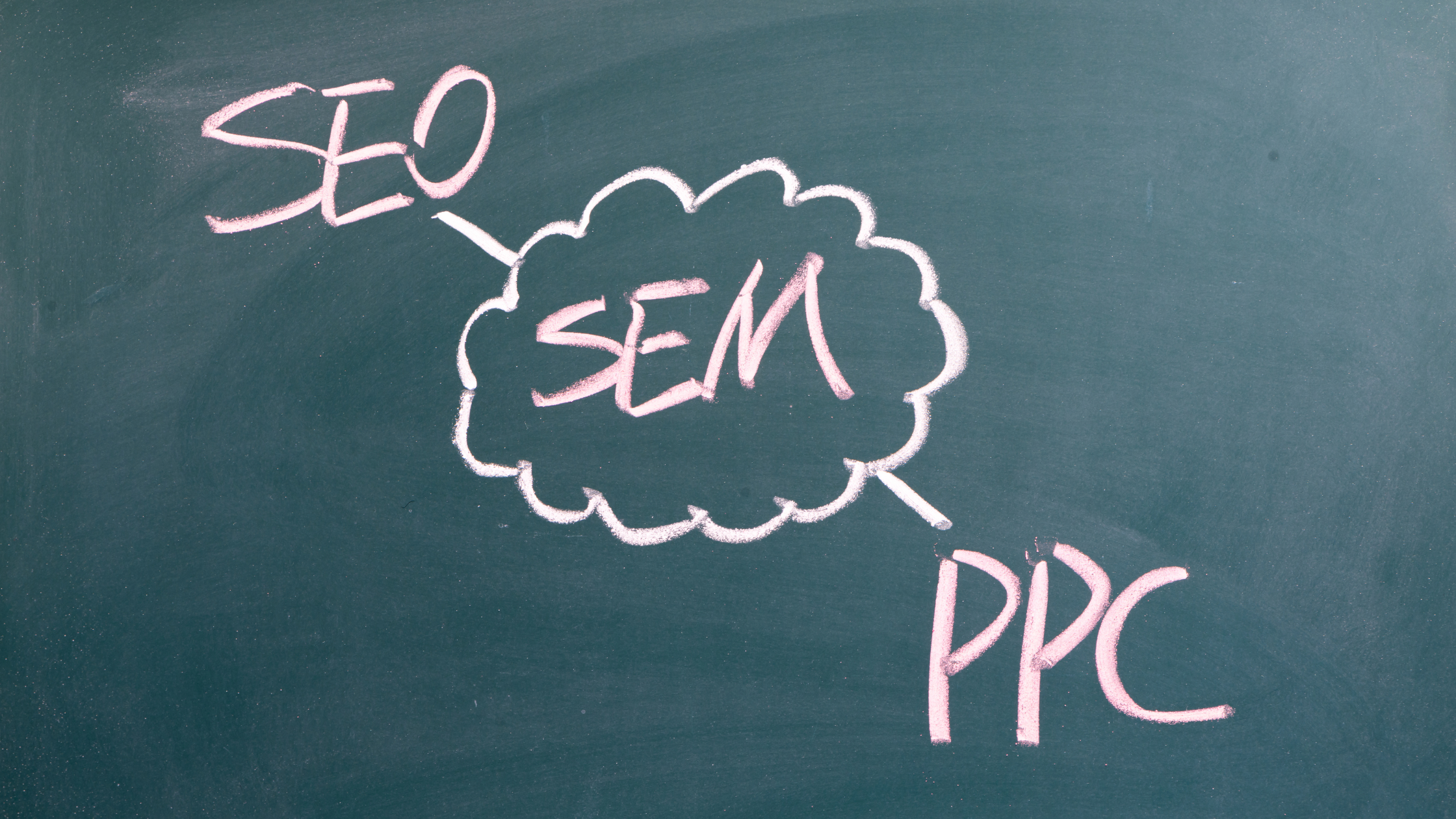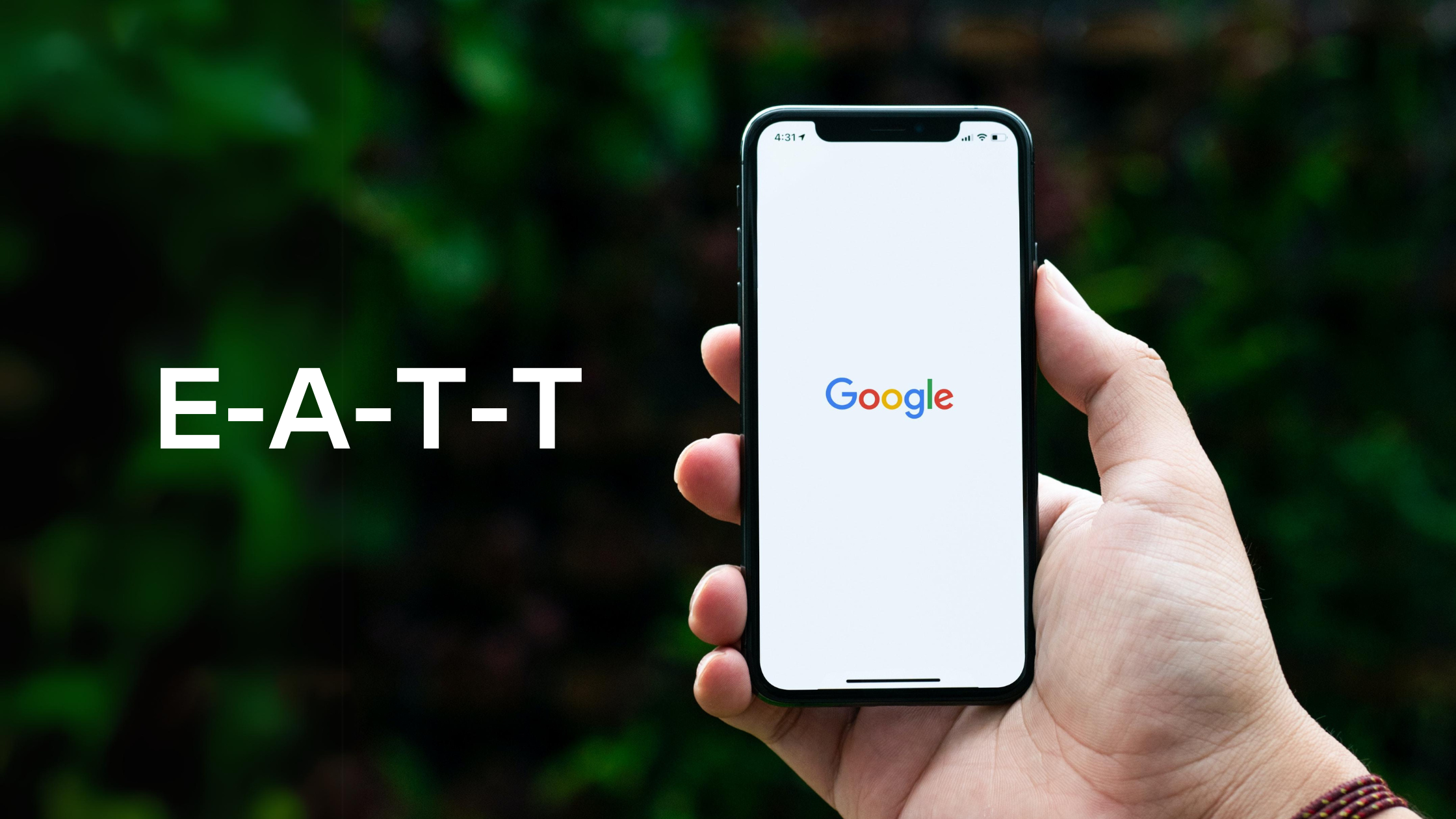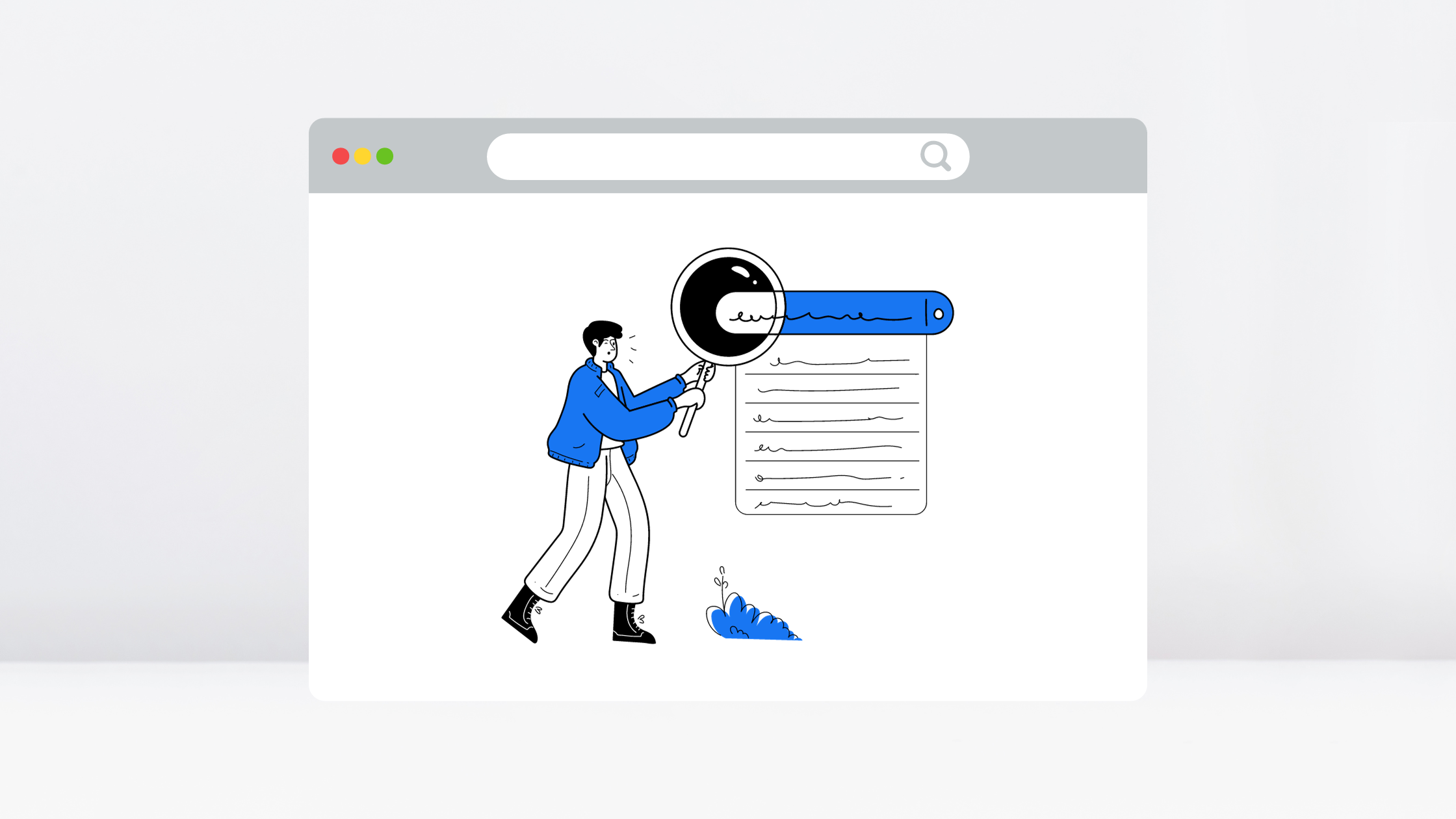Assuming you already have a successful desktop search marketing strategy in place, it’s time to take a fresh look at your mobile PPC strategy. You’ll be able to find quick wins and overdue renovations.
The mobile PPC market is far more difficult for advertisers to be successful at over desktop. There are simply fewer ad spots available on mobile devices, mobile click-through rates drop off a whopping 45% just between positions 1 and 2, and mobile ads are much less likely to be shown than they are on desktop.
If you don’t have a mobile strategy, you’re asking for trouble, but what can you do to break this mobile curse in pursuing a more effective campaign? The following RLC Media best practice strategies are simpler than you think and more essential than ever.
-
Effective Design = Mobile-Friendly Design
Optimizing your website for a mobile environment is priority number one. Landing on a webpage and immediately having to zoom in to read basic text is a surefire way to decrease visitors’ time on site. And, without a doubt, no one will navigate the similarly clunky process of maneuvering a small checkout screen to purchase.

While this is an issue of web design and not an issue directly addressed in an ad platform like AdWords, rest assured that it’s worth the investment when research shows that 57% of consumers will not recommend a brand with a bad mobile site, and 40% will move on to a competitor after a bad mobile experience.
-
Mobile Audiences = Mobile-Preferred ADs
Only about one-third of small and medium-sized businesses are using mobile-preferred ads (marketing only shown to users searching from mobile devices), yet mobile and desktop audiences vary enough to give your account an advantage over competitors.
To create a device preference, create an alternative ad in your ad group by checking the “Mobile” option:

Best practices to streamline the consumer experience for mobile ads include:
- Sending mobile users to your mobile landing page
- Conveying a mobile-friendly URL such as www.mobile.sample.com
- Using concise phrasing and descriptions
-
E-Commerce = Google Shopping
Mobile now accounts for half of all e-commerce traffic, and 65% of consumers use a smartphone to start their shopping journeys. But there’s a catch – eCommerce marketers consistently find that all this smartphone traffic converts at roughly half the rate of desktop traffic.
Google Shopping campaigns may be the answer:

Shopping Ads have moved to the top of the mobile results page, and these high commercial intent searches generally also see the highest conversion rates. This is no surprise, as mobile PLAs sit atop the Google SERP (search engine results page) and shoppers love interacting with and swiping through product images.
-
Call Extensions = Quicker Conversions
If you have a support line available for assistance or to make a purchase, you should make the phone number available in a call extension for each search campaign. Creating a “mobile-preferred” call extension simply means it’s more likely to show up on mobile searches:

As a result, you’ll see a call button on the SERP alongside your text ad, which will allow users to bypass the landing page in favor of calling you directly. Eliminating an entire step of the buyer’s journey increases the potential conversion.
-
Ad Extensions = Increased CTRs
If you’re not currently using ad extensions, you’re probably paying the price through decreased click-through rates and quality scores on both desktop and mobile. It’s all the more valuable on mobile where real estate on the smaller SERP is worth competing for. It’s possible that on a mobile device, you could consume even more room at the top of a SERP and drastically increase your visibility to consumers. /http://www.rlcmedia.com





